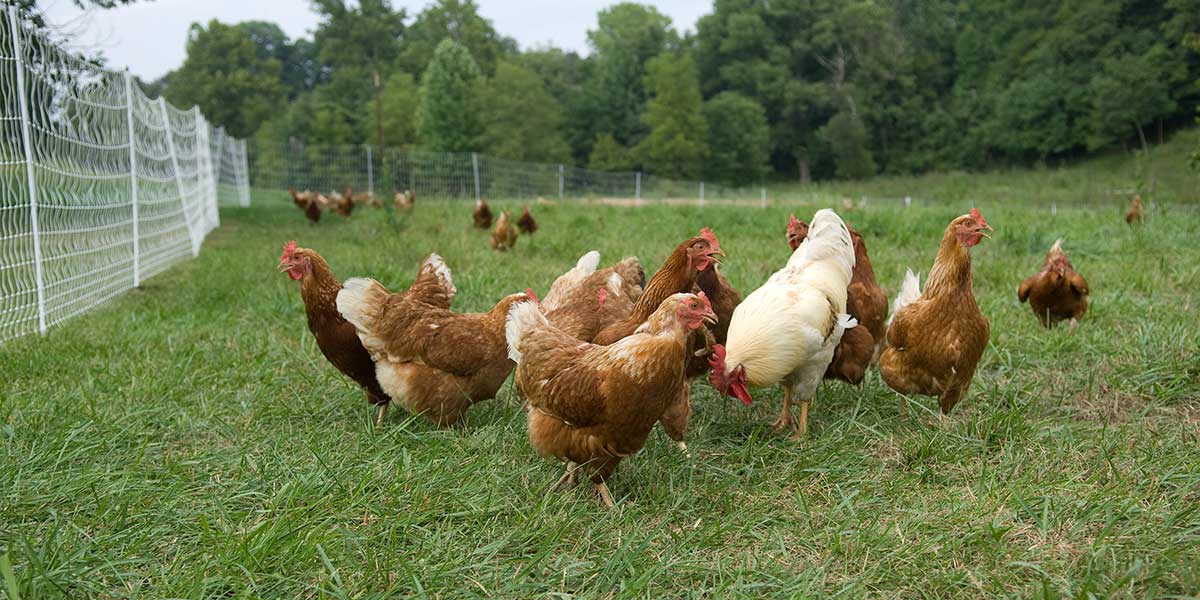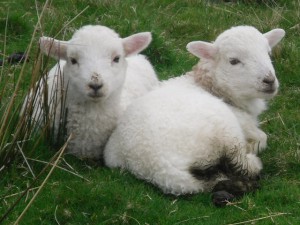I know we posted this back in the end of Fall, but with lambing season beginning soon, we felt that we should bump this post back to our front page. This will help make sure that you’re prepped for lambing this Spring (which is only two months away, by the way). Also, if you’re new to raising sheep or are researching the possibility of adding sheep to your farm, we have a short tip sheet as well as put together a more in-depth guide that you should take a look at!
Even though the winter might feel like it lasts forever, it will eventually come to an end, and lambing season will be upon us sooner than we expect. So, here are a few tips to remember when it comes to lambing this Spring.
Is your space ready?
First thing to remember is your lambing barn ready? No two barns are going to be alike, and there isn’t one correct way of going about this. It all depends on what your needs are and what resources you have available to you. However, there are a few things that you need to make sure of. Firstly, that you have a warm, clean area for the ewes and their babies. However, there is a fine line between a warm barn and one that isn’t getting good airflow and has high humidity, you have to find a balance between getting fresh air into the barn but not creating a draft through it. Secondly, you need to make sure you have the lambing pens ready at the same time, these should be a large enough space so that the lambs have room to move around, and are equipped with a heat lamp.
Attentiveness is key!
I cannot stress this enough, when lambing you need to make sure that the lambs are getting colostrum right away. Producers should always be prepared to deal with weak or cold lambs as this can happen, especially when lambing gets into full swing. The longer these lambs go without an colostrum adequate intake and/or are still cold the most likely they won’t recover.
Nursing
In an ideal situation the lamb should nurse from the ewe around an hour after birth so that the lamb can get the full nutritional benefit of the colostrum. If the lamb is too weak to nurse, it might be necessary to tube feed the lamb. This should be done by someone who is skilled at this due to the potential health risks on the lamb from tube-feeding. Additionally, you should have some frozen colostrum and milk replacer handy in case of weak lambs. When defrosting the colostrum make sure to bring it up to temperature via warming in hot water, never in the microwave as this will destroy any nutritional value of the colostrum for the lamb.
Finally, you should have an immunization schedule in place prior to the start of lambing, by doing this you’ll be prepped for lambing and will have all the necessary equipment in place.
Lisa Podwirny is the owner of Ketchum Mfg. Connect with her on Google+!







